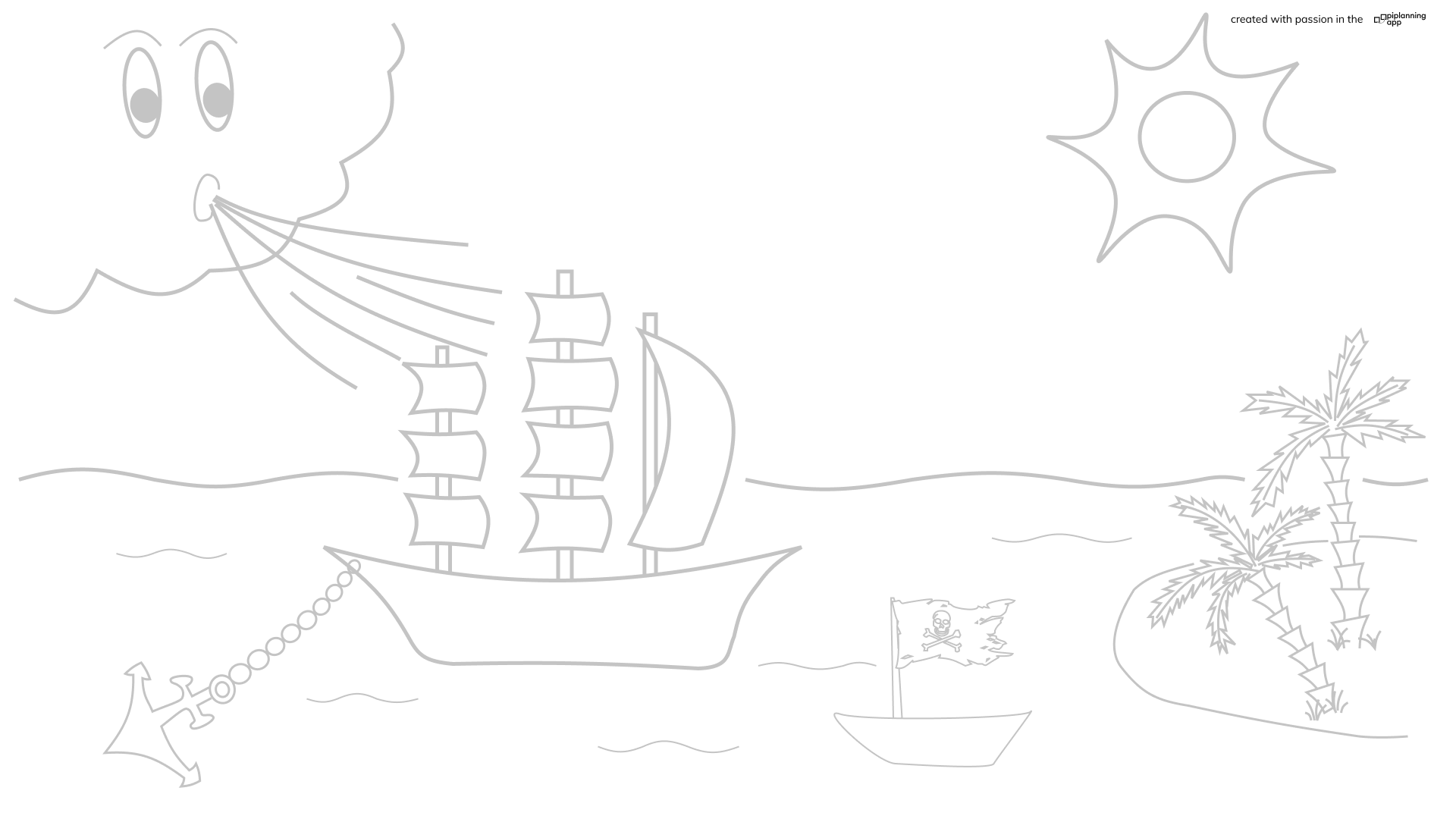/
Sailboat Retrospective
Sailboat Retrospective
Use the Sailboat Canvas Background to define your vision, identify risks and make supporting and hindering aspects along the way transparent.
In a Sailboat Retrospective exercise, there are six aspects you may consider:
- Sailboat: The team itself (or some teams prefer to make this the project)
- Island: The vision / goals for the team (where it’s headed to)
- Wind (or sails): Things that are helping the team glide along (team strengths, competitive advantages of your product, good communication, etc.)
- Anchor: things that are slowing the team or project down or delaying progress (silos, areas of weakness, etc.)
- Pirates: the risks or potential pitfalls of a project (areas of tension, bottlenecks, competition, etc.)
- Sun: represents things that make the team feel happy or satisfied
How to use it:
- Show the team a picture of the sailboat in the ocean, propelled forward by the wind, held underwater by the anchor, heading towards the island, facing pirates and sailing on a sunny day.
- Explain that, similarly, a sprint has factors that slow it down and speed it up. The islands in the picture are the goals the team is heading to, pirates are the risks they might face towards their vision.
- Write down what the team’s vision and goals are.
- Ask the team to record on sticky notes things that they felt helped the sprint move forward or slowed it down. Place the sticky notes either on the wind/sail or below the boat, indicating that they are anchors or wind.
- Write down the ideas within the area of risks as well.
- Select a team member to group all the sticky notes on the board into similar categories.
- Get feedback from the rest of the team as to whether the grouping is fair, or if changes should be made.
- Have the team vote on what the team feels are the critical groups to focus on.
- Start root cause analysis and develop some outcomes and measures for upcoming iterations.
Focus on 2-4 measures and get them done. Afterwards you can still come back to the outcomes of the retrospective, adjust it and define new measures.
